Our picks for books, videos, websites, and other social justice resources 31.3
Picture Book
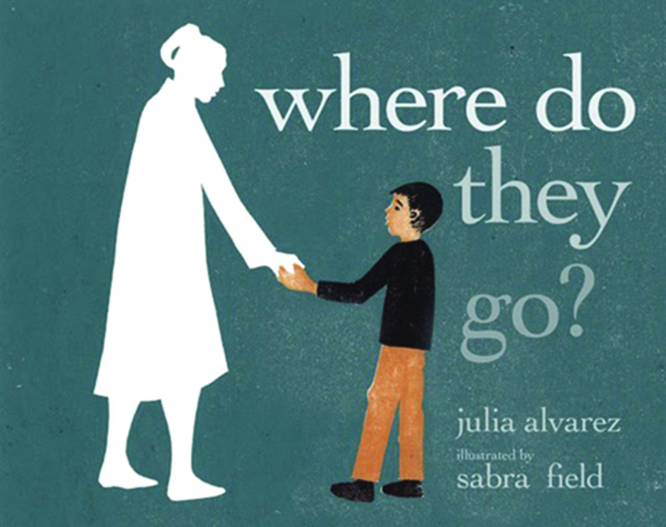
Where Do They Go?
By Julia Alvarez
Illustrated by Sabra Field
(Seven Stories Press, 2016)
22 pp.
Young children wonder and worry about death, but there are few age-appropriate books on the subject. This beautifully illustrated and poetic approach by the author of How the Garcia Girls Lost Their Accents and Return to Sender provides no simple answers. It is instead a series of comforting and thought-provoking questions: “When somebody dies, where do they go? . . . Do they fall with the rain from the sky? Are they my tears when I cry? . . . Is it them that I feel, alive in my heart? Is it there that I go when I’m sad we’re apart?”
Middle and High School
Zapata’s Disciple
By Martín Espada
(Northwestern University Press, 2016)
160 pp.
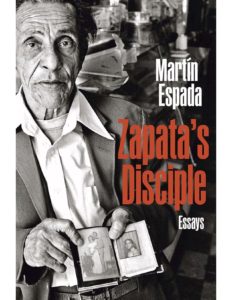
Martín Espada introduces this new edition of his classic essay collection with a story about how Zapata’s Disciple was banned in Tucson when the Mexican American Studies program was outlawed in 2012. He notes: “On the list of banned authors I am keeping company with . . . are some of the finest Latina/o writers alive today. May our words always trigger the sweating and babbling of bigots.” The book is full of poetry and essays that will appeal to high school students: the letter Espada wrote to Nike listing all the reasons “I could reject your offer” to write for their poetry slam; the story of his father, in uniform, being made to move to the back of the bus in Mississippi; the poem about Mumia Abu-Jamal that was banned from NPR. Stunning writing about topics that matter.
Unbound: A Novel in Verse
By Ann E. Berg
(Scholastic Press, 2016)
352 pp.
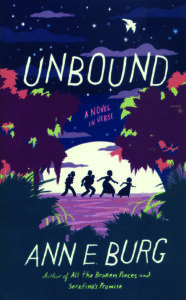
When Grace, the enslaved protagonist of this beautiful novel-length poem, turns 9, she is sent to live and work in the big house, forcing a heart-wrenching separation from her family. Then Grace hears that her mother and younger brothers will be placed on the auction block. She steals back to her family and they escape immediately. After a harrowing journey, they join a maroon community in the Great Dismal Swamp. Even in their newfound liberty, Grace’s family is surrounded by wild animals and the threat of slave catchers. In the midst of her new community, Grace struggles to find and define the meaning of “freedom.” Ann E. Burg’s extensive research of the Federal Writers’ Project interviews and at the Schomburg Center are reflected in the details that bring Grace’s story, and this little-told piece of U.S. history, to life. Grades 4-8.
We Are Not Your Soldiers
World Can’t Wait
We Are Not Your Soldiers brings recent veterans of U.S. wars in Iraq and Afghanistan to speak in high schools and colleges throughout the United States. They explain: “The U.S. military creates dangerous illusions through sophisticated print and film ads that turn reality on its head.” The project is frankly anti-recruitment, seeking to “keep this generation of youth . . . from signing up to fight endless wars of domination.” In addition to offering speakers, the website offers short, provocative pieces on veterans’ issues and U.S. militarism that can be used in class.
Rad Women Worldwide
By Kate Schatz
Illustrations by Miriam Klein Stahl
(Ten Speed Press, 2016)
104 pp.
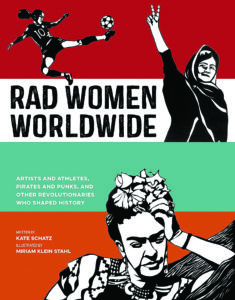
From the authors of Rad American Women A-Z (see Resources, summer 2015), Rad Women Worldwide has a similarly defiant and playful approach, featuring a few women students may have heard of, but mostly introducing little-known “rad” women who are “passionate, purposeful, and totally powerful.” It’s hard not to fall in love with women like Sophie Scholl, who defied the Nazis through the propaganda campaigns of the White Rose, distributing leaflets, stenciling graffiti—”Down with Hitler” and “Freedom!” Or anarchist Emma Goldman, whose illegal advocacy of birth control and feminism, labor solidarity, and opposition to the military draft during World War I led to her deportation. Or Funmilayo Ransome Kuti, who organized Nigerian women to fight for women’s liberation and the liberation of their country from British colonialism. The short readings and passionate illustrations lend themselves to mixer activities, introducing students to a sampling of inspiring women from around the world.
Professional Development
Anti-Bias Education in the Early Childhood Classroom: Hand in Hand, Step by Step
By Katie Kissinger
(Routledge Taylor & Francis Group, 2017)
180 pp.
Katie Kissinger is the author of the popular bilingual picture book All the Colors We Are: The Story of How We Get Our Skin Color. Her new book is an invaluable guide for teachers on how to address race and other issues in the classroom—including gender, class, physical ability, and different kinds of families. Based on decades of firsthand experience, each chapter includes vivid descriptions of classroom practice and explanations of the issues that are steeped in research yet written in lay terms. At the end of each chapter are guided tasks or questions. These are offered at three levels: beginner, ally, and activist. Highly recommended for early childhood teachers and parents.
Responding to Hate and Bias and School: A Guide for Administrators, Counselors, and Teachers
By Greg Jobin-Leeds and AgitArte
Speak Up at School: How to Respond to Everyday Prejudice, Bias, and Stereotypes – A Guide for Teachers
56 pp.
Let’s Talk! Discussing Race, Racism, and Other Difficult Topics with Students
20 pp.
(Teaching Tolerance, 2017)
The Trump presidential campaign was a sewer of racism, xenophobia, misogyny, and homophobia. His election has only continued this dangerous discourse.
It’s more important than ever that we have in-school conversations about hate speech. Teaching Tolerance has produced three short booklets that offer practical, sensitive, and insightful advice. Responding to Hate and Bias at School pays special attention to the role of administrators and how they can respond proactively in restorative rather than punitive ways when abuses occur. Speak Up at School is filled with real-world examples of how teachers respond to crucial “moments” of prejudice, “the very short time that passes when somebody says something and you struggle with how, or even whether, you’ll respond.” Let’s Talk! offers valuable suggestions for finding one’s own level of comfort and guidelines for approaching conversations with students. This is a timely trio of resources for these tense times.
Está linda la mar: para entender la poesía y usarla en el aula
By Alma Flor Ada and F. Isabel Campoy
(Santillana, 2015)
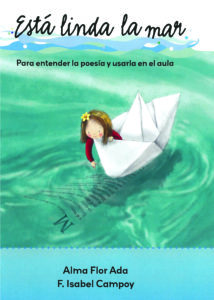
Here is a valuable guide to teaching Spanish poetry in Spanish from two award-winning authors. Different types of poetry are explained and many practical poetry-teaching ideas are shared. The examples include a broad range of Spanish language poets. Appropriate for teaching students of all ages.

